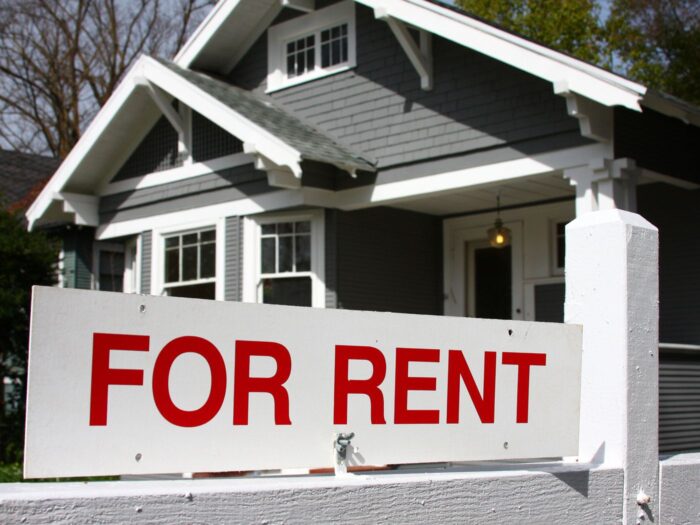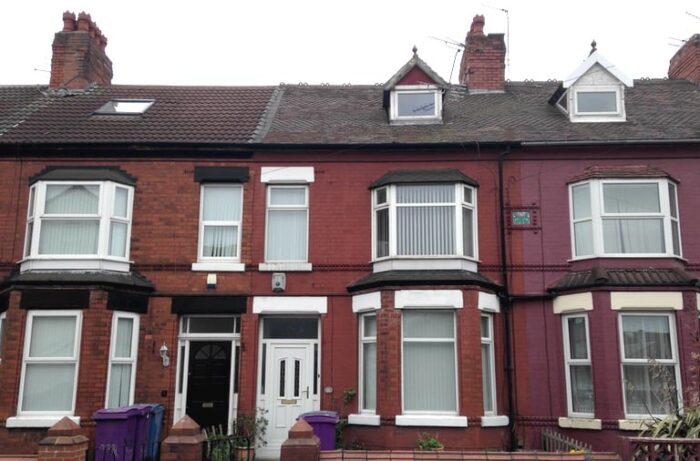
Investing in property may seem like a daunting prospect if you’re unsure of the process behind it. It is likely first-time investors will feel overwhelmed – especially with all the jargon and terminology surrounding the property investment process.
Yet, by gaining a good overarching grasp of the some of the different types of property investment strategies, you can make a more informed choice which will increase your chances of drawing a lucrative return.
Over the past couple of years property investment has grown in popularity as it has increasingly earned the reputation of being a somewhat stable investment asset compared to others.
This does not mean it is without its pitfalls, however – there is a degree of risk to every form of investment. This guide is intended to look at the pros and cons of what are considered the five most popular UK property investment strategies to allow for a more informed decision.
Let’s get started!
Single Let Residential Property

Perhaps the most traditional and popular form of property investment in the UK – a ‘single let’ property is housing that is rented to a single ‘tenant’ which can be compromised of an individual person or an entire family.
Single let residential property can earn the investor a monthly rental income – and with the average UK rent now being at its highest, a lucrative return can potentially be made.
In turn, investors can expect to see a long-term growth as house prices are foreshadowed to see a rise of 9.9% over the next five years.
Pro’s
- Perfect for beginner’s as you don’t need expert knowledge
- Allows for two types of returns through both rental returns and capital growth returns when the property is sold.
- The option to hire a rental management company makes for a less time-consuming option.
Con’s
- This is primarily considered a long-term investment that accumulates over time and would not be appropriate for those wanting to make short-term returns.
- If you’re investing in areas without high rental demand, you may be subject to void periods.
Student Accommodation

Recently growing in popularity across UK cities is investing in purpose-built student accommodation – the main distinction here is that the property will be let out exclusively to student tenants.
2024 saw the biggest intake of university students in the UK on record which means there is a booming student property market waiting to be capitalised on.
Those who have already invested in student property have been keen to seek out cities with a thriving student population such as Liverpool and Manchester, In turn, a high graduate retention rate ensures that demand will remain steady.
Pro’s
- High and consistent rental demand owing to booming student property market.
- Student property prices tend to be lower which makes it a good option for first time investors.
Con’s
- May not be subject to as high capital growth returns in contrast with residential buy to let.
- Student property investment will always be limited to one tenant group.7
HMO’s

Housing of multiple occupancy is defined as real estate that is rented out to multiple tenants who each pay their own individual rent and share facilities like a kitchen and bathroom.
Student accommodation can fall under this category if within a house share – yet, many students are increasingly opting for purpose-built accommodation instead in recent years.
Nevertheless, with the popularity of sites like SpareRoom with young professionals, HMO’s remain a stronghold in the property investment market.
Pro’s
- The multitude of tenants allows the chance to generate income from each one which will result in higher rental yields.
- If one tenant misses a monthly rental payment, you will have the other tenants to fall back on.
Con’s
- HMOs are subject to more complex tax rules and regulations as well as planning and legislation requirements.
- It can be difficult to obtain a buy to let mortgage for HMO properties.
Buy To Sell

In contrast to the other buy to let strategies on this list, buy to sell is a form of property development where an investor will buy a property in need of refurbishment and sells it for a profit.
This can involve a heavy degree of renovation work depending on the condition of the property – the value and appeal of the house will need to be taken into consideration to attract prospective buyers.
This form of property investment does not involve relying on a long-term regular income as it will not be rented out in its initial condition. Instead, it focuses on a strong property market to ensure that the property, once redeveloped, will draw a high level of returns.
Pro’s
- If you can add value to the property, there is much potential for making large rental returns
- There is no hassle of dealing with tenants or property management regulations.
Con’s
- As it is a very hands on form of investment, buy to sell is a very time-consuming venture that requires a certain level of expertise
- Depending on the degree of renovation needed it could be quite costly.
Commercial Buy to Let

Increasingly popular, commercial buy to let is where an investor will purchase a commercial unit such as retail space, and rent it out exclusively to companies and business owners.
The availability of commercial units is not as common as traditional residential buy to let opportunities but once they do arise, they usually hold longer lease periods which provides a steady long-term cashflow.
Commercial Buy to Let is more subject to the whims of the market, however – financial hardship can damage commercial businesses which is something potential investors should be particularly mindful of.
Pro’s
- Commercial Buy to Let will feature certain tax advantages and incentives.
- As they hold longer lease periods there is potential for better long-term gains
Con’s
- It may be time consuming to the find the right tenant so commercial buy to let will be subject to longer void periods.
- Buy to let mortgages for commercial property tends to be more costly than residential ones.
Conclusion
Overall, these are just five of the most popular forms of property investment in the UK – it may also be worth looking into other areas such as property crowdfunding or even real estate investment trusts!
Ultimately, the best property strategy will be down to your own individual needs – think about factors such as if you want to generate a long-term investment or quicker short-term returns as well as being mindful of the risks involved.
To gain further insight into the best form of property investment that works for you, try speaking to a financial advisor who may be able to offer more clarity.











